Lechon, rhapsody, adobong pinakaging—Ormoc stakes its claim in the food map
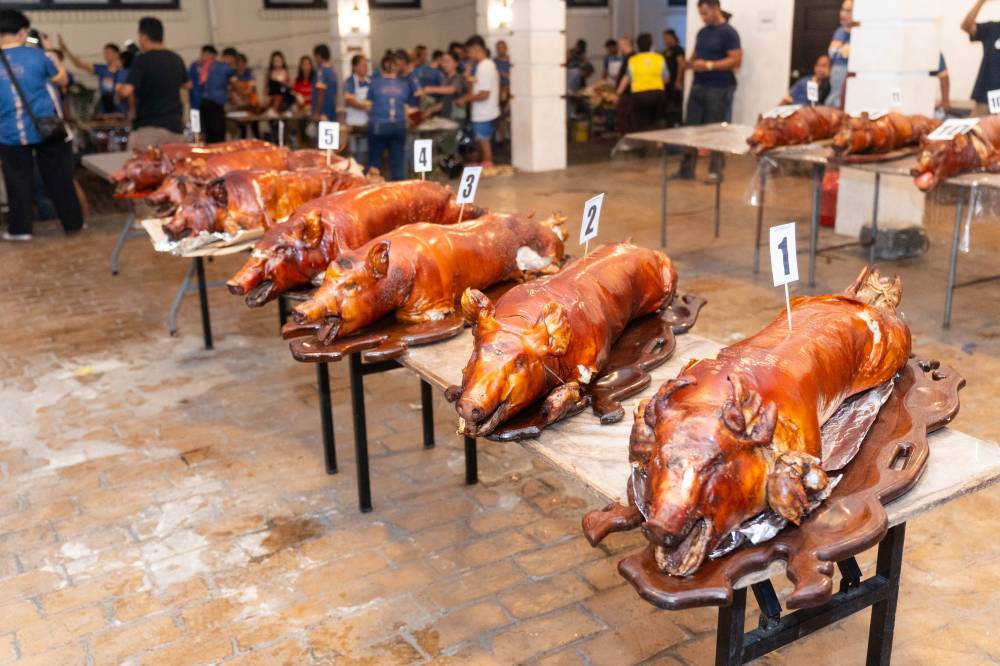
I never knew Ormoc has its own kind of lechon—one that’s redolent and tasting of red bell peppers and star anise. Its skin is so glossy and bronzed that one can’t help but stare when she enters the room. I had never tried one until this June, when I got an invitation to try 12 in less than two hours.
It was at the eighth installment of the annual Lechon Kumbira in Ormoc and I was invited by Mayor Lucy Torres-Gomez and husband Congressman Richard, along with event organizer Estrella “Teling” Pangilinan, to sit as the head of the judging committee. Armed with a bottle of water, disposable gloves, a dose of indigestion relief, and a paper plate full of lemon wedges and the sweetest Queen pineapples, I, along with six other equally curious and hungry panelists braved through a dozen roasted pigs that was first paraded before proceeding to the chopping board where a part of the rib and the belly, along with some of the filling, were divided and distributed to the judges.
Teling, who sits as the chair of the Ormoc Festival and Cultural Foundation, a position she has held for 16 consecutive years, thought of staging this competition back in 2016 when then-Mayor Richard Gomez told her that he wanted to promote their city’s lechon. Eight joined that year and since then, the number of participants has been growing.
Not just anybody who can roast can join, though. Cleanliness is taken into serious consideration, that’s why contestants need to have a license to operate so that the city health office can inspect their space and operations. The day before the competition, the lechoneros submit their pigs at the slaughterhouse where the vet will make sure that each pig has a 30- to 35-kilo live weight. Then on the day of the contest, they are stuffed and roasted starting at three in the afternoon, in time for the live blind judging at five. Every participant is required to prepare three lechons—one for the judges and the rest to be distributed equally (around 200 grams per person) to the public attendees.
Though almost all had the same blend of herbs and spices as a stuffing, the entries still differed slightly based on appearance (some skin were cracked, some chewy), aroma (some more pleasantly fragrant than others), and taste (some were oily, some fork tender). In the end, only one prevailed and brought home both the prestigious title and the P100,000 cash prize. Jels Special Lechon, represented by Edgar Larrazabal, took top honors. Coincidentally, he also bagged the same recognition on the very first Lechon Kumbira. Runners-up were Aslanan ni Songahid by Bernard Songahid and Proning/Alice Romo Lechon by Alice Romo.
Only one may have brought home the bacon (pun intended), but the real winner here is Ormoc as it not only successfully celebrates the bounty of their agri-livestock industry and its food players but it also strengthens its position as a legit food destination.
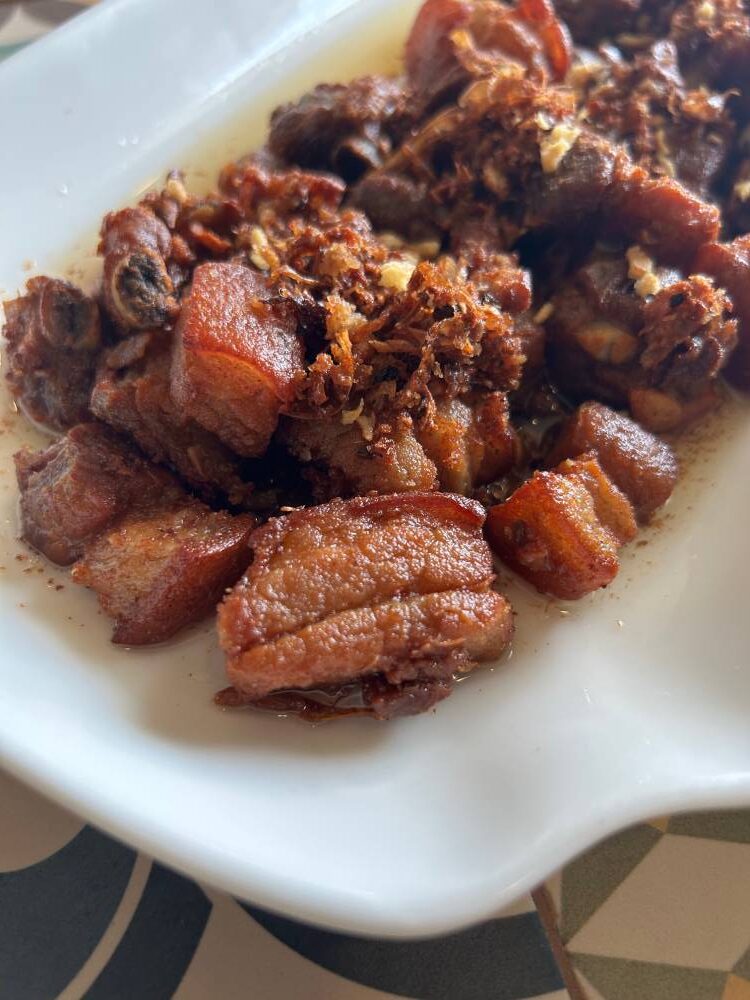
Food trip
Throughout our stay, I discovered a lot more reinforcements to this title. There is Big Roy’s Cafe, which is now helmed by couple Luigi and Nicole Pangilinan. Though now run by new blood, this cozy cafe still keeps traces of Teling and her beloved shakoy and buchi. She warmly welcomed us for lunch just an hour after our arrival and fed us well with her signature adobong pinakaging, an innovation birthed by the use of leftovers, eaten with tiny rock oysters called sisi. It was a crazy combination but one that duly worked, with the savoriness of the “turf” matching with the brininess of the “surf.”
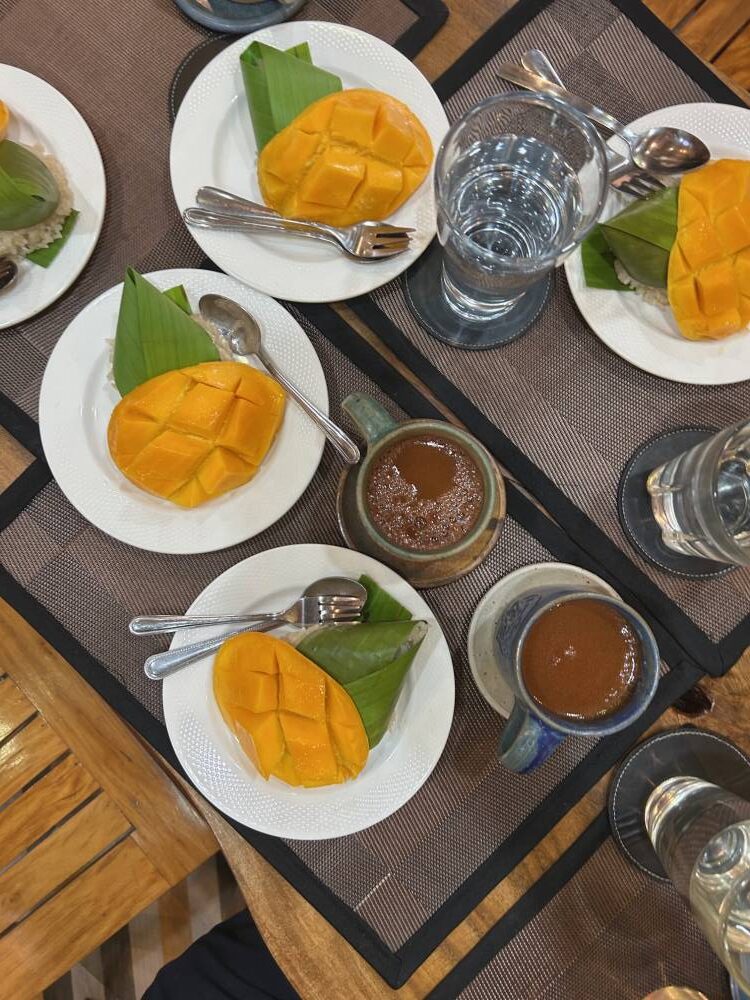
Alto Peak Chocolate was born out of love, claims owner Noel Barquera. Back in 2019, his wife Celeste craved dark chocolate but they couldn’t find a good one in the market, and so to address her hankering as well as fill that gap, he left his job as a safety practitioner for an energy company and made tablea and 70 percent dark chocolate for her. Soon after, the pandemic happened. He used this time wisely by honing his newfound craft and developing more products, eventually also opening a cafe in Brgy. Dona Feliza Mejia in 2022. Sikwate, a set composed of fresh ripe mango, suman, and tsokolate, was their main product, but guests requested more like champorado and churros, consequently building a menu that has diners returning.

Ormoc has an exciting restaurant scene, thanks to the likes of Jin Ho Yoo whose experience and creativity help generate vibrancy in the industry. A former in-flight chef serving first class, the 40-year-old worked some time in Manila in June 2019 before coming back to his hometown a year after to start anew and help his mom with her food business. He put more legs and structure to her startup, eventually ending up with Ormoc Herbs, a restaurant that offers a range of cuisines, from Spanish paella to Italian risotto and Japanese rolls.
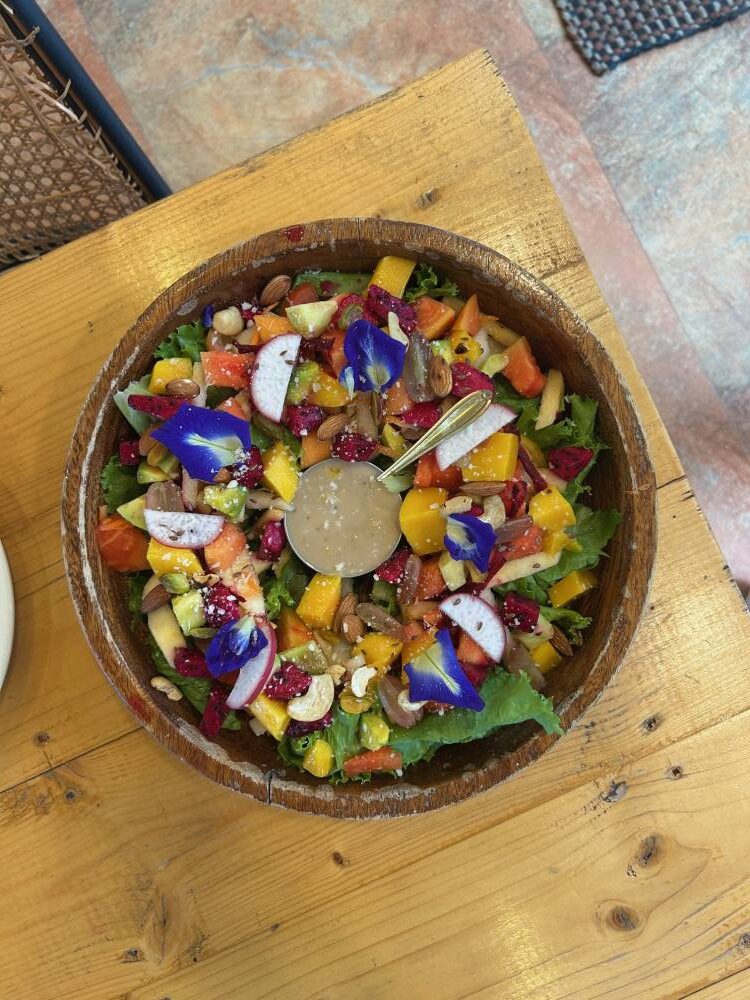
Yoo, who is part-Korean, once became obsessed with everything pickle, which led to the opening of another venture called Pickles is Atchara. “I pickled everything, from kamias to root crops, even beans. It turns out that if you marinate something in pickle juice, it develops a different flavor. It has more glaze and searing capacity because it has more sugar.” This led to a menu seasoned and balanced with sour components such as grilled pork belly with pickle salsa, sizzling gising-gising, pork cheese rolls, and pad Thai.
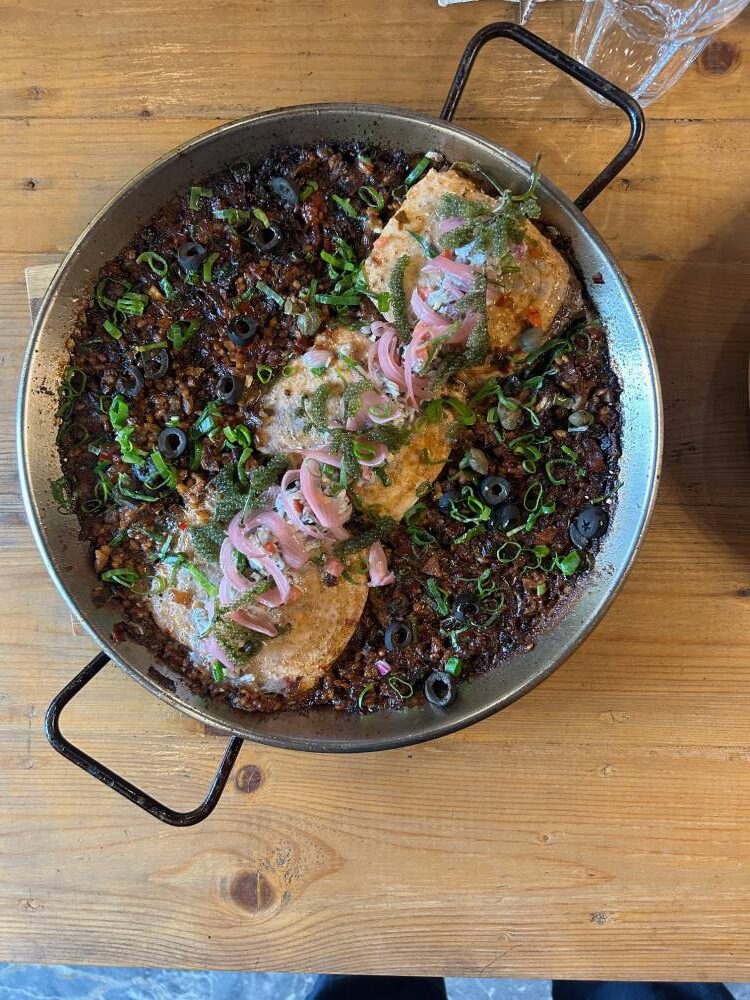
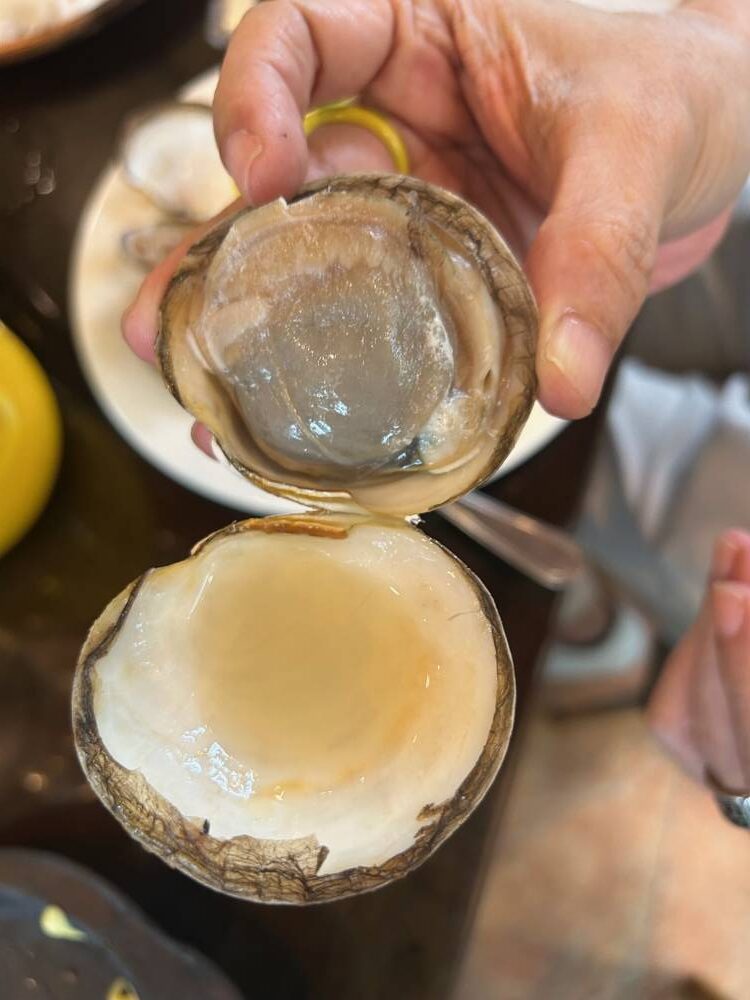
He also proposed to make something out of the vacant old city hall. Luckily, the government said yes, and so last year, he enrolled for a loan and opened Sgroppino, which is just a stone’s throw away from the city plaza. There, he serves northern Italian cuisine such as pizzas, pastas, chicken piccata, steaks, gelatos, and tiramisu.
We also got to sample Chicken Rhapsody, which is akin to tinola with the addition of chicken blood. “I only learned of it when we were on the campaign trail, around early 2000,” says Mayor Lucy. “We were campaigning for somebody in Ormoc and were bringing them around different homes. It was served, and the guests were raving about it. I had already eaten a whole lot before I found out it was made of blood.”
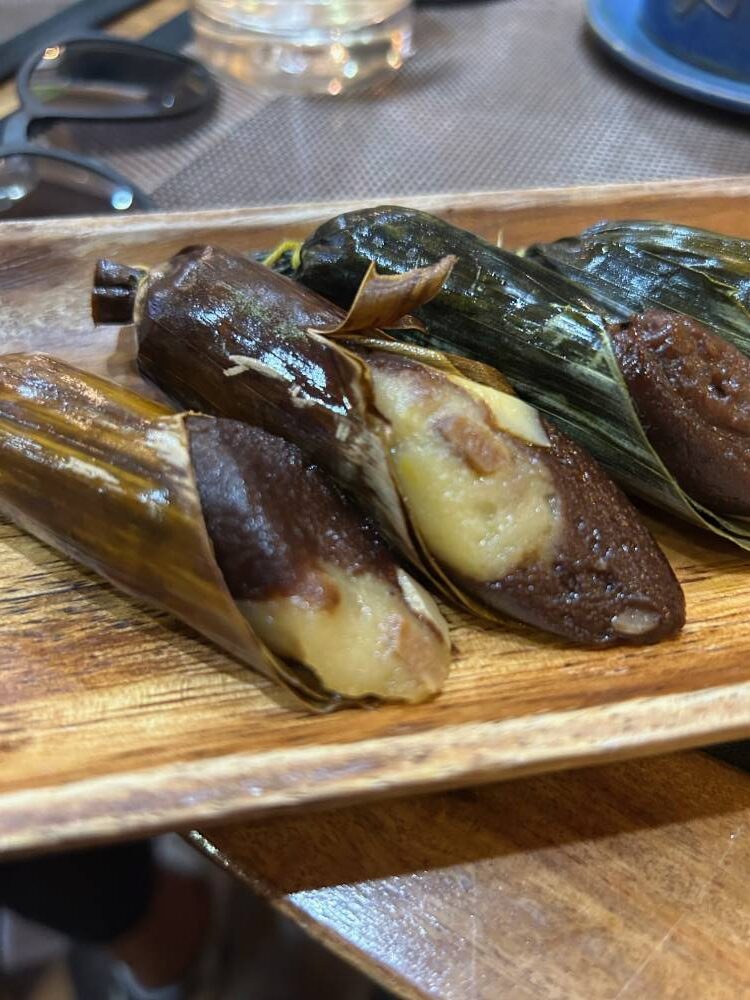
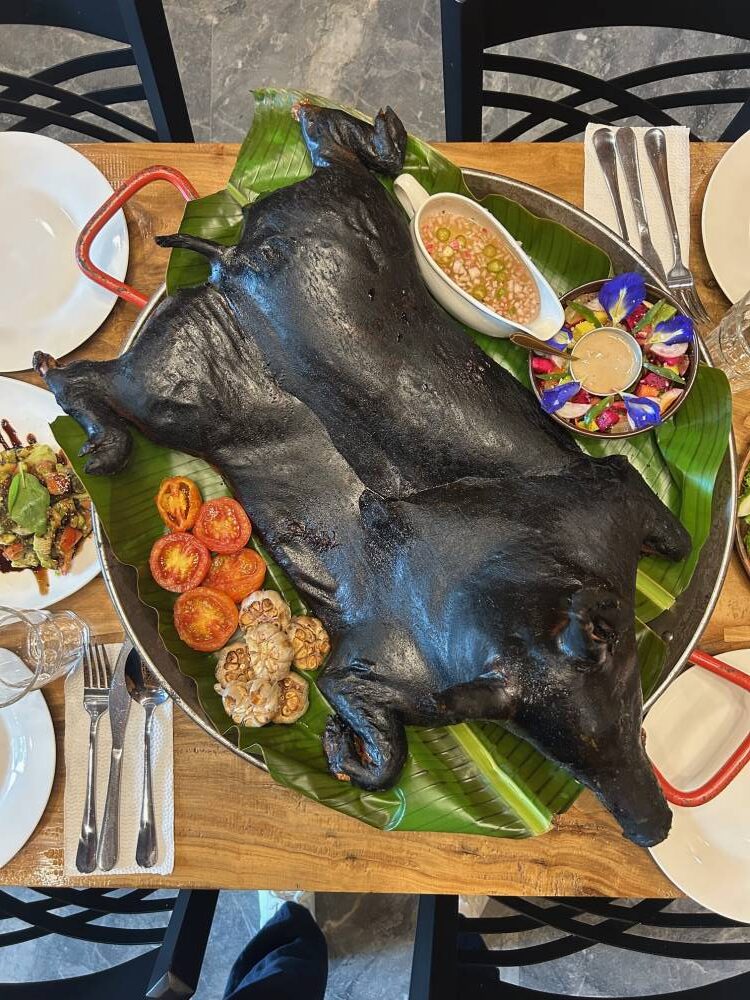
There was also masi from Brgy. Ipil, which is similar to mochi but instead of water, coconut milk is mixed with glutinous rice flour, then stuffed with a peanut-based filling; biti, a specialty of Carigara, which is a rice puff with nuts, kalamay, and fried sweet potato; and binagol, a sweet delicacy from Leyte, made of taro corms and condensed milk.
Before heading home, we had our last meal in Ormoc at Marta’s, a favorite among many locals, especially since it’s situated by the beach. It’s a family-run restaurant started by Margarita Larrazabal Villoria back in February 2023 but has been handed over to her children ever since she retired. “We rebranded it and named it Marta’s after our youngest sister,” says Rica Serafica Torres. It was formerly known as La Vigia Restaurant. She adds, “My sister Ina and I, along with our husbands, now run the place.”
The menu is composed of heirloom recipes as well as comfort cuisine from around the world, from the Hawaiian Loco Moco and Mexican quesadillas to Korean beef bowl, pritong tadyang (deep fried beef ribs), and sisig. It’s got something for everybody, including Cong. Gomez’s favorite pancakes. He even brings his own butter and maple syrup when he dines in and orders it.
Special thanks to Mayor Lucy Torres-Gomez, Congressman Richard Gomez, Estrella Pangilinan, Nelson Alindogan, Serb Ilarina Jr., and Guada Millana.
Angelo Comsti writes the Inquirer Lifestyle column Tall Order. He was editor of F&B Report magazine.





















